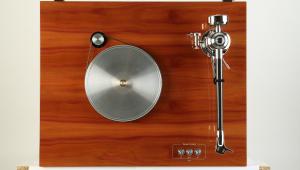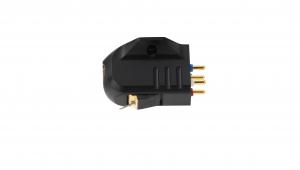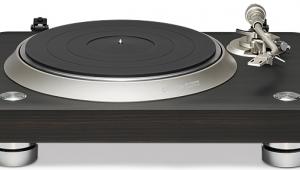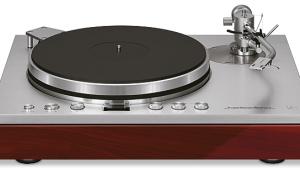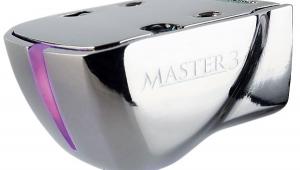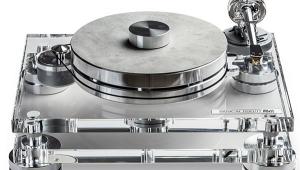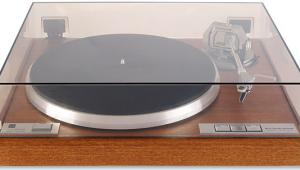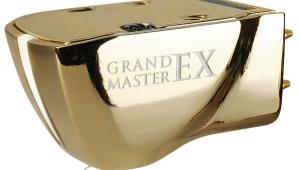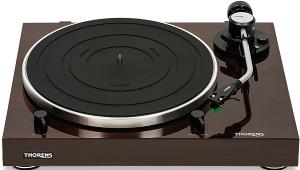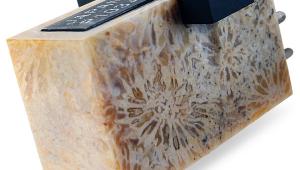DS Audio DS-W3 Cartridge

 Updating the DS-W2 with a host of trickle-down technology from the brand's flagship 'dual mono' Grand Master, the new DS-W3 'optical' pick-up looks to steal the limelight
Updating the DS-W2 with a host of trickle-down technology from the brand's flagship 'dual mono' Grand Master, the new DS-W3 'optical' pick-up looks to steal the limelight
An object lesson in how to create a monopoly: make something no-one else can copy. As tricky to manufacture as CD players, electric cars, digital cameras and quartz watches might have been at the outset, competitors soon emerged for each. Not so DS Audio's 'optical' cartridges, which have captivated the high-end since arriving in 2015. Imitators have yet to emerge.
At £4995 for the new DS-W3 cartridge, £9495 for the matching energiser/equaliser, or £12,995 if purchased together for a £1495 saving, it's not like the rewards aren't there to inspire other manufacturers. The package, it must be remembered, also obviates the need for a phono stage as DS cartridges do not work with RIAA circuitry.
A Head Start
As for the dearth of opposition, cynics would argue that rewards are limited because the high-end pick-up market isn't that large. But R&D costs would be high, and DS Audio has the very real advantage of being in the wing of a company with long experience in related optical devices.
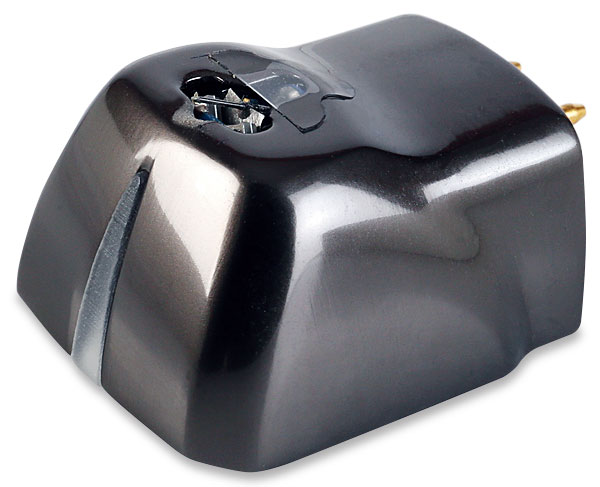
The Japanese company has been prolific – I think this is its 11th or 12th new cartridge – but while each model has sounded slightly different they have all borne an evolving family resemblance. The third generation was launched in 2020 with the flagship Grand Master [HFN Feb '21], and the technology has trickled down to the 'W' model, to create the DS-W3 tested here, as a replacement for the DS-W2 [HFN Jan '19]. Visually, this new cartridge looks like its siblings until you switch on the energiser. An LED strip glows a fiery red, in place of the less bold colours – such as lavender, green or blue – we've seen before. This hue, not dissimilar to that of a Ferrari, promises performance, and it's matched by the red tell-tale on DS Audio's matching energiser.
Split Mechanism
Inside, the optical system benefits from 'Gen 3' gains including independent LEDs and photo-detectors for the L/R channels, resulting in increased output voltage (from the cartridge, not the equaliser), which is now 70mV versus the earlier models' 40mV. The manufacturer also attributes improved left and right channel separation and S/N ratio to the split optical mechanism.
Keeping with the look of extant models, the DS-W3's body is still unusually shallow. DS Audio produces lightweight plates to insert between the cartridge and headshell if arm height becomes an issue, particularly with some tonearms – SME specifically – that widen towards the rear, at the LP's edge. As the DS-W3 weighs only 7.9g, use of these plates should not add substantially to the mass.
Also part of the third generation improvements is a thinner, lighter shading plate, reduced from 1.56mg to 0.74mg by using 99.9% pure beryllium in place of the previous aluminium. The cartridge body is aluminium, and the wiring 1.6 times thicker than that of the previous generation, lowering its internal impedance. The cantilever is boron, the stylus a line contact type and the DS-W3 tracks at 1.9g, 0.2g higher than typical of the Gen 2 models, if I remember correctly.
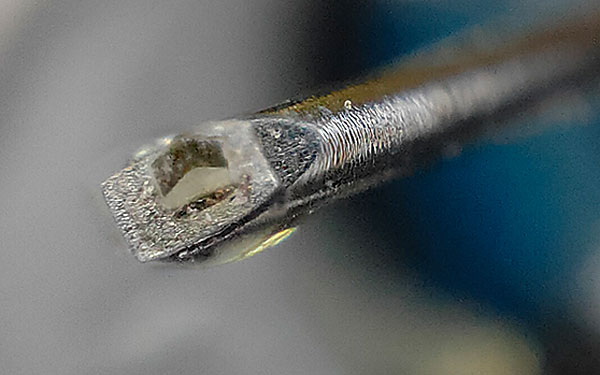
Quick Change
For once in my on-going relationship with DS Audio cartridges, I auditioned the energiser before the cartridge, rather than cartridge first or both at the same time. This was a simple substitution that took all of two minutes as I keep a DS Audio cartridge in operation at all times on one of my record decks; the model in question being the DS-003 [HFN Oct '21], an earlier Gen 3 design costing a modest £4995 with energiser, or the same as the DS-W3 cartridge on its own.
Wow! The new energiser utterly transformed the performance to another level, especially for bass solidity, an even quieter background (quite an achievement as the DS Audio cartridges have always been ghostly in that area), and greater 'speed'. Also indicative of the energiser improvements, eg, greater reservoir capacitance, is that it takes longer for the charge to dissipate, the lights staying on far longer than with previous models.
All of this suggests – and I hope retailers won't hate me for saying this – that while each DS Audio cartridge has a matching PSU/equaliser which is its natural partner, the upgrade path isn't necessarily buy-the-next-model-up-cartridge. Instead, some might opt for a less expensive cartridge with a dearer energiser/equaliser, or vice versa, because occasionally the better energiser may be a wiser solution, especially for perennial upgraders.
To understand this, I contacted Tetsuaki Aoyagi, DS Audio president, who told me: 'The basic configuration of the DS-W3 equaliser has not changed, but we have optimised the components to match the third-generation cartridge'. What this simply confirmed was that the DS Audio system, which allows any of its cartridges to be used with any of the energisers, needs to be auditioned both as a package, and in mix 'n' match mode. Depending on your responses, you might end up saving money… or spending more.





